According to the German central bank (Bundesbank), police, retailers, and banks in Germany discovered nearly 56,600 counterfeit banknotes in 2023 with an estimated value of over €5 million, a 28% increase compared to 2022.
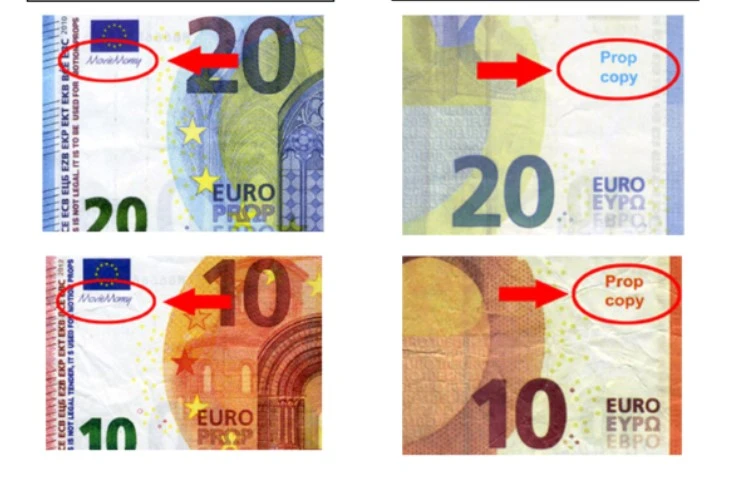
According to DW, Bundesbank board member Burkhard Balz said the increase in counterfeit euros is due to several large-scale fraud cases, mainly involving 200 euro ($217) and 500 euro ($541) denominations. The Bundesbank stated that the more common 5 euro, 10 euro, 20 euro, 50 euro, and 100 euro denominations can also be counterfeited. The Bundesbank estimates that, on average, seven counterfeit notes are in circulation in Germany for every 10,000 people.
According to a recent study by the Bundesbank, cash remains dominant in Germany, with Germans making nearly 60% of purchases with cash, significantly higher than in the Netherlands (11%) or the United Kingdom (6%). The average German carries around 100 EUR in cash and keeps 1,300 EUR in cash at home.
The Bundesbank recommends a "feel, look, tilt" strategy to identify signs of authenticity on banknotes. Individuals can sense a portion of the image on the front of the note by running their finger across the banknote. When held up to the light, the three-dimensional components will change and the hidden image will become visible.
HUY QUOC
Source

















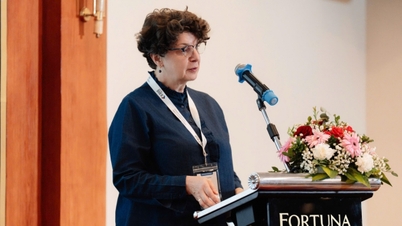























![[Video] The craft of making Dong Ho folk paintings has been inscribed by UNESCO on the List of Crafts in Need of Urgent Safeguarding.](https://vphoto.vietnam.vn/thumb/402x226/vietnam/resource/IMAGE/2025/12/10/1765350246533_tranh-dong-ho-734-jpg.webp)



































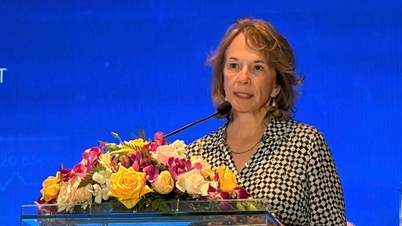


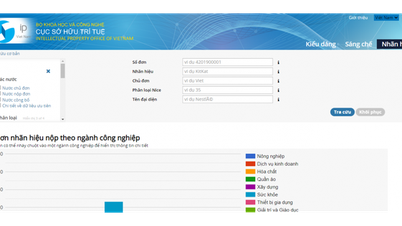

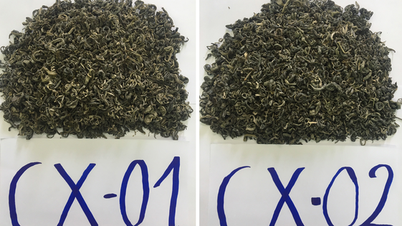






























Comment (0)